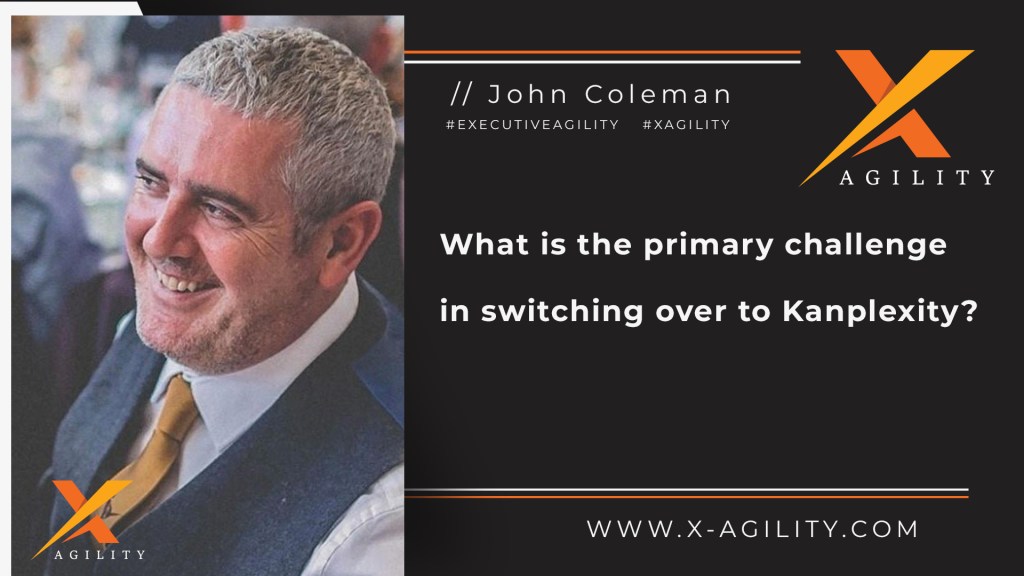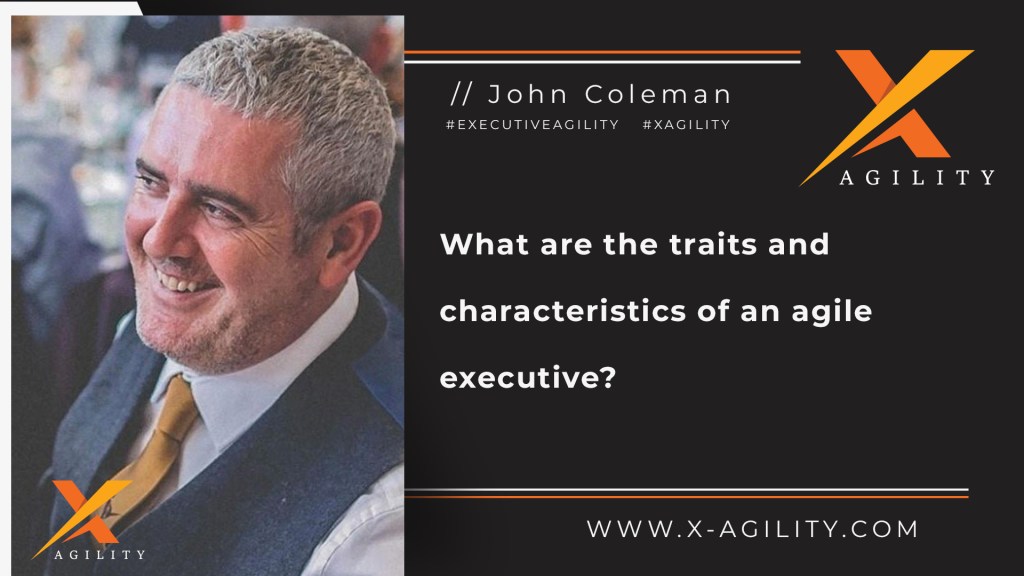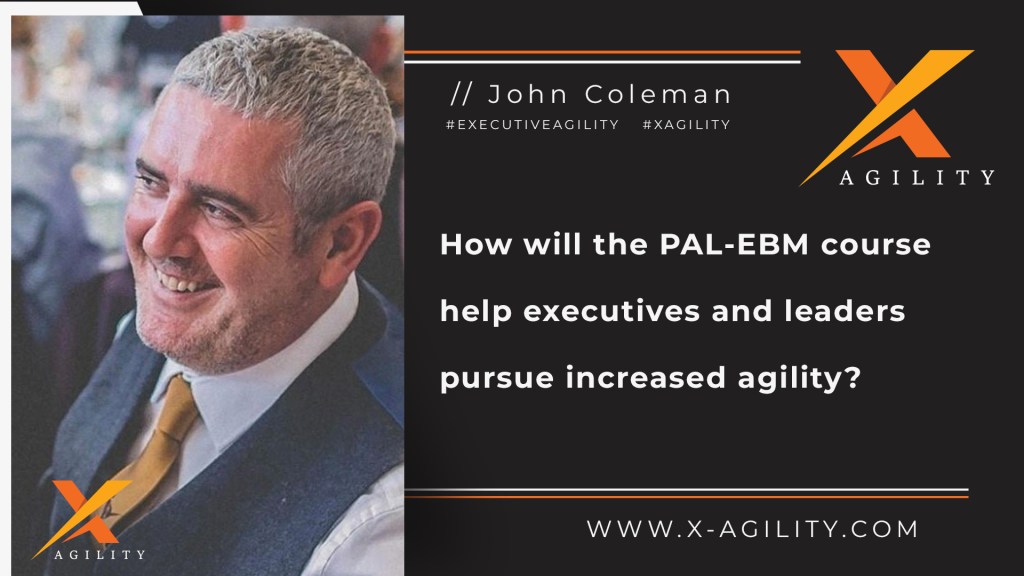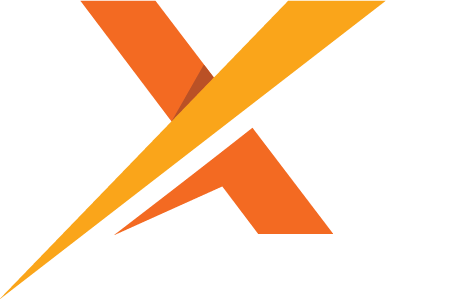OKRs: Objectives and Key Results
I want to talk about objectives and key results, popularized by John Doerr in his book ‘Measure what matters’ and supported by a great website called www.whatmatters.com.
In my opinion, Objectives and Key Results (OKRs) can be very positive if they are in the right hands. There is a danger when OKRs are in the wrong hands because the metrics that truly matter may be ignored in favour of vanity metrics or delivery metrics which results in ‘feature factories’ where the focus is no longer on quality or delighting customers but instead, delivery of features.
I want to briefly explore where tension may exist between Agility and OKRs.
The Cynefin Framework and Agility
Let’s take a step back and look at the Cynefin framework.
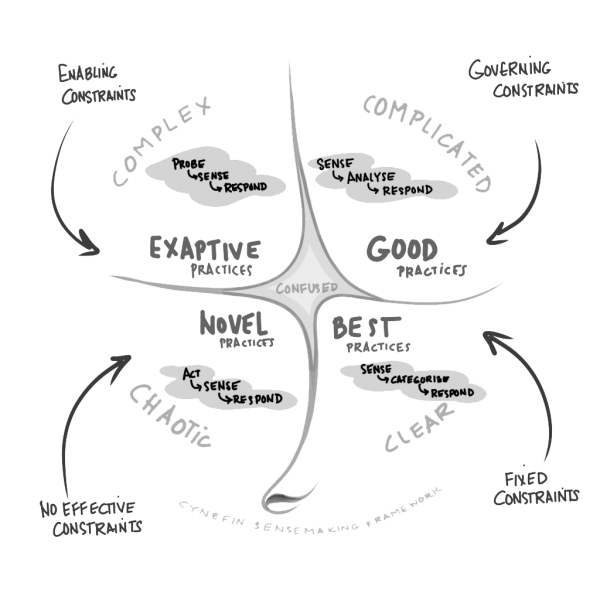
In the ordered space, people know where to get the information they need and how to do the analysis. They can follow a recipe to produce a product or service and they can bring in the right experts and specialists to figure out what needs doing.
In this scenario, individuals and teams generally get the right answer the first time around. In that space, goals are appropriate and useful.
In the complex space, where we don’t know what we don’t know, a direction of travel is more appropriate if you’re thinking in terms of goals and are prepared to stay open minded through the process to identify whether the goals selected are still the right goals to focus on down the line.
You’re aiming to inspect, adapt and respond to the information and evidence you gather and be informed by what the team learn through the process.
Objectives and Key Results Application
OKRs enable individuals and teams to set objectives over a time frame that works for the team. It could be a semester, or it could be a quarter, it simply depends on the team and the organization.
These objectives would be supported by tangible key results that the team will deliver to ensure that the objectives are achieved. Key results that demonstrate progress toward achieving those objectives.
In the OKRs framework, we strive to deliver between 70% and 80% of the key results within the time frame agreed. Very much like stretch goals, we aren’t aiming for 100% achievement but are instead focused on stretching the team’s capabilities and commitment out of their comfort zone.
2 Types of Key Results
I want to talk about the 2 types of key results:
- Aspirational
- Committed
This is the area where tension exists between Agility and OKRs.
With committed key results, the team are expected to move metaphorical mountains if they are falling short of achieving the key results agreed so commitment is viewed as a guarantee. The team are expected to deliver everything on the board within the time frame agreed.
The focus lies in doing whatever it takes to get the work done and delivered within the time frame and this is where the tension between Agility and OKRs lives. The team are not focused on creating the highest value or the most valuable product, instead, they are focused exclusively on delivery.
In scrum, for example, a commitment is not equal to a guarantee.
A commitment represents a goal that the team are committed to delivering high quality increments at the end of each sprint and consistently achieving the sprint goal. It is a commitment to the 3 pillars of scrum: transparency, inspection, and adaptation.
It isn’t a guarantee.
Kanban is a framework that helps teams discover quickly and easily whether the value they are trying to create is being delivered, and whether it is being delivered rapidly and consistently.
In Kanban, there is also a sense that people know that the outputs they had planned may not always be the correct outputs and outcomes, and it is important for the team to consider whether those planned outputs need to change and adapt or whether the team need to persevere.
A strong commitment to producing great work, but again, not a guarantee of delivery.
The iterations are informed by feedback and evidence rather than opinion and predetermined work.
The team work through customer interviews, experiments and delivery of small outputs that allow them to get rapid and early feedback on whether they are building the right thing in the right way.
In Agility, most goals are aspirational rather than committed.
We hope that we will achieve the key results and are committed to achieving them, but we don’t attempt to move mountains or take shortcuts simply to deliver against a predetermined goal.
We inspect and adapt regularly to ensure that we are always striving to deliver against the right goals and to identify and discard any goals or key results that no longer serve a purpose.
In an empirical environment, we make one of three choices:
- We persevere because the evidence demonstrates that we are on the right track.
- We pivot because the evidence supports the need for change.
- We stop because the evidence demonstrates that there is no value in persevering.
So, if your organization are growing Agility and consists of highly responsive teams you are going to find OKRs are valuable in the short and medium term. You are going to find that the OKRs support the team but don’t hamstring them into delivering key results that no longer matter.
If your organization is still operating in a waterfall-style project management manner, you can find that OKRs trap the team into delivery of key results regardless of whether those OKRs still serve the purpose of the product or result in customer delight.
The OKRs become a substitute for traditional project management milestones and predetermined delivery deadlines, which isn’t great for Agility.
John Coleman has deep experience and expertise working with executives, #leadership teams and product development teams to achieve increased #businessagility and create environments where creativity and collaboration produce high-performance teams.
If you are interested in helping your team or organization achieve greater agility and want to explore agile training options, visit our training page.
If you value coaching and would like to work with a deeply experienced agile and executive coaching specialist, visit our coaching page.
If you are looking for an expert agile consultant that can help your leadership team identify an appropriate roadmap to business agility and take the most effective course of action in your agile transformation, visit our consulting page.
#agile #leadership #agileleadership #certifiedagileleadership #professionalagileleadership #psm #psm2 #scrum #scrumorg #xagility #executiveagility #xagility

